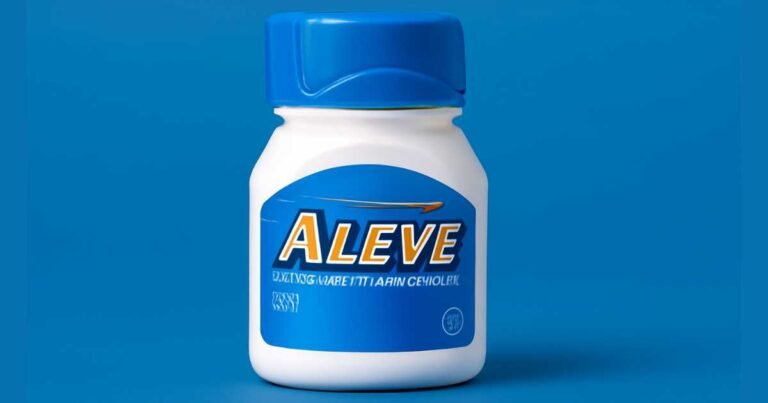Nasal Rinsing for Allergies: Breathe Easier Naturally

Allergies can be a pain, from nonstop sneezing to stuffy noses that won’t clear up. If you’re tired of feeling clogged up, nasal rinsing might be the simple trick to breathe easier and feel better. This easy home remedy helps wash away the irritants that cause those annoying allergy symptoms.
In this guide, we’ll explain nasal rinsing, how to do it safely at home, some handy tips, and answer your burning questions. Whether you struggle with seasonal allergies or want to keep your sinuses happy, this method can be a game-changer.
What Exactly Is Nasal Rinsing — And How Does It Fight Allergies?
When pollen, dust, pet dander, or mold sneak into your nose, they cause your nasal passages to swell and produce extra mucus. That’s why your nose feels blocked and you keep sneezing.
Nasal rinsing works like a gentle shower for your nose. By flushing saltwater (saline) through your nasal passages, it helps sweep out those pesky allergens and mucus, easing irritation and opening up your airways.
Since saline matches your body’s natural fluids, it doesn’t dry out or sting your nose. Regular rinsing can also prevent mucus from piling up and becoming an infection.
How to Rinse Your Nose: Tried-and-True Methods
1. The Classic Neti Pot Method
Think of a little teapot designed just for your nose — a neti pot. It pours the saline solution through one nostril and lets it flow out the other, clearing your sinuses naturally.
Here’s how to use it:
- Mix ½ to 1 teaspoon of pure sea salt (without additives) with 16 ounces of distilled or boiled water. To make it gentler, add ½ teaspoon of baking soda.
- Warm the mix to about body temperature (not too hot!).
- Bend forward over the sink and turn your head to one side.
- Place the neti pot spout into your upper nostril and slowly pour the solution in.
- Let it flow out of your other nostril.
- Repeat on the other side.
- Blow your nose gently to clear out any leftover water.
Pro tip: Do this in the shower first to avoid a mess and feel more comfortable.
2. Saline Nasal Sprays — Quick and Easy Relief
Saline sprays are a fuss-free alternative if you’re not into the neti pot. A few sprays in each nostril throughout the day can help wash away allergens and mucus.
They’re perfect for on-the-go use, at work, or when traveling. While they don’t flush as deeply as the neti pot, they’re quick and mess-free.
Keep It Safe: Tips for Effective Nasal Rinsing
- Always use sterile, distilled, or previously boiled water. Tap water can contain tiny germs that might cause infections.
- Clean your neti pot or spray bottle after every use with soap and water — hygiene matters!
- Use non-iodized, additive-free salt to avoid irritation.
- Don’t rinse too often — 1 to 2 times a day during allergy season is plenty.
- Stop and check with your doctor if you feel pain, nosebleeds, or serious discomfort.
When Should You Do Nasal Rinsing? How Often?
Everyone’s different, but many find that rinsing once daily during allergy season keeps symptoms at bay. Some prefer twice a day, morning and night. If you have chronic sinus issues, your doctor might suggest a schedule just for you.
Saline sprays can be used more often, especially if you’re suddenly exposed to allergens.
Beyond Rinsing: Managing Allergies for the Long Haul
Nasal rinsing helps clear symptoms, but it’s not a cure. For long-term allergy relief, consider:
- Corticosteroid nasal sprays: These calm inflammation over time.
- Antihistamines: Great for controlling sneezing and itching.
- Allergy shots (immunotherapy): Help your body build tolerance to allergens.
Chat with your healthcare provider to figure out the best plan for you.
Quick Reference Table: Nasal Rinsing at a Glance
| Aspect | Recommendation |
|---|---|
| Water Type | Use sterile, distilled, or boiled & cooled water |
| Salt Type | Pure sea salt or kosher salt, non-iodized |
| Frequency | 1-2 times daily during allergy season |
| Best Time to Rinse | Morning or evening, whichever suits you |
| Equipment Cleaning | Clean neti pot/spray bottle after every use |
| When to Stop | If pain, bleeding, or discomfort occurs |
FAQs — Your Nasal Rinsing Questions Answered
Q1: Is nasal rinsing safe for everyone?
Most people can safely rinse their noses, but if you have nasal blockages, frequent nosebleeds, or recent nasal surgery, check with your doctor first.
Q2: Can I use tap water?
No, unless you boil and cool it first. Tap water might contain microorganisms that aren’t safe for your nasal passages.
Q3: Can pregnant women use nasal rinsing?
Generally yes, but it’s best to ask your healthcare provider.
Q4: How quickly will I feel better?
Many notice relief right after rinsing. Regular use helps keep symptoms under control in the long term.
Q5: Will nasal rinsing cure my allergies?
It won’t cure allergies but helps manage symptoms by keeping allergens out.
Q6: Can I add essential oils to the rinse?
Avoid this — essential oils can irritate your nasal lining.
Final Thoughts: Give Your Sinuses Some Love!
Nasal rinsing is a simple, natural way to soothe allergy symptoms and breathe freely again. Whether you choose the classic neti pot or a handy spray, making this a part of your routine during allergy season can make a big difference.






